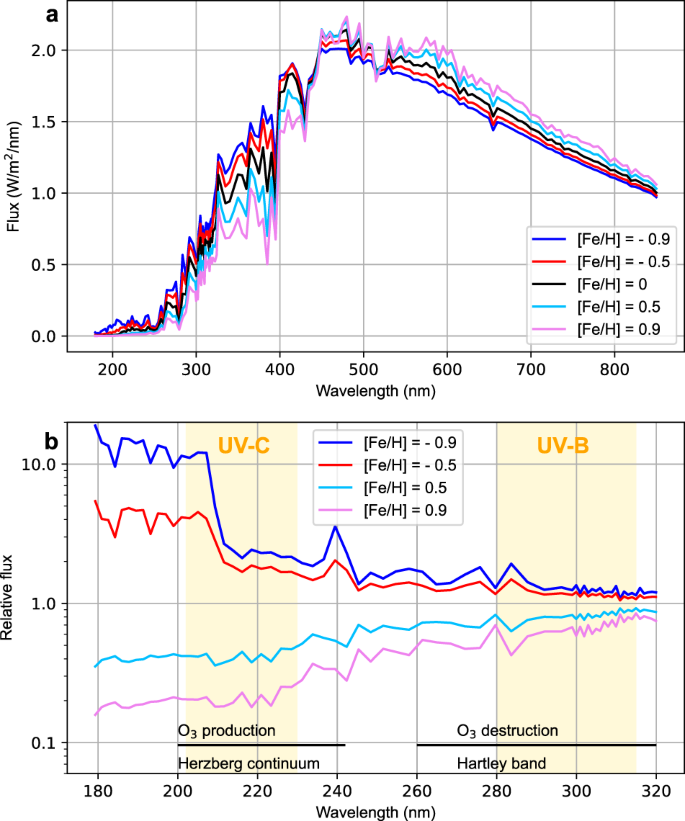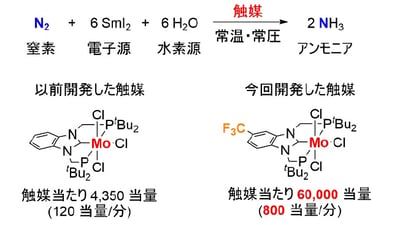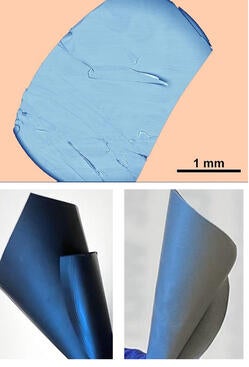恒星の化学組成は、その近傍の惑星に生命が存在する可能性に強く影響する A star’s chemical composition strongly influences the chances for life on planets in its neighbourhood
2023-04-18 マックス・プランク研究所
星の化学組成は、その周囲の惑星に生命が存在する可能性に大きく影響する。星の金属量が、惑星が保護オゾン層を形成する能力に関連していることが示され、これは、星が宇宙に放出する紫外線の波長と強度によって決まる。この研究は、天文学者が生命を持つ星系を探す際に、どのような星系が特に有望であるかについての重要な手がかりを提供している。
全体として、金属が少ない星は、金属が豊富な星よりも多くの紫外線を放出します。しかし、オゾンを破壊する UV-B 放射に対するオゾンを生成する UV-C 放射の比率は、金属量にも大きく依存します。UV-B 放射が優勢な金属が豊富な星の場合、この保護エンベロープははるかにまばらです。「予想に反して、金属の少ない星は、生命の出現により有利な条件を提供するはずです」と結論付けています。
<関連情報>
- https://www.mpg.de/20175255/metal-poor-star-life-friendly
- https://www.nature.com/articles/s41467-023-37195-4
金属を多く含む星は、その惑星の生命進化にあまり適していない Metal-rich stars are less suitable for the evolution of life on their planets
Anna V. Shapiro,Christoph Brühl,Klaus Klingmüller,Benedikt Steil,Alexander I. Shapiro,Veronika Witzke,Nadiia Kostogryz,Laurent Gizon,Sami K. Solanki &Jos Lelieveld
Nature Communications Published:18 April 2023
DOI:https://doi.org/10.1038/s41467-023-37195-4

Abstract
Atmospheric ozone and oxygen protect the terrestrial biosphere against harmful ultraviolet (UV) radiation. Here, we model atmospheres of Earth-like planets hosted by stars with near-solar effective temperatures (5300 to 6300 K) and a broad range of metallicities covering known exoplanet host stars. We show that paradoxically, although metal-rich stars emit substantially less ultraviolet radiation than metal-poor stars, the surface of their planets is exposed to more intense ultraviolet radiation. For the stellar types considered, metallicity has a larger impact than stellar temperature. During the evolution of the universe, newly formed stars have progressively become more metal-rich, exposing organisms to increasingly intense ultraviolet radiation. Our findings imply that planets hosted by stars with low metallicity are the best targets to search for complex life on land.



